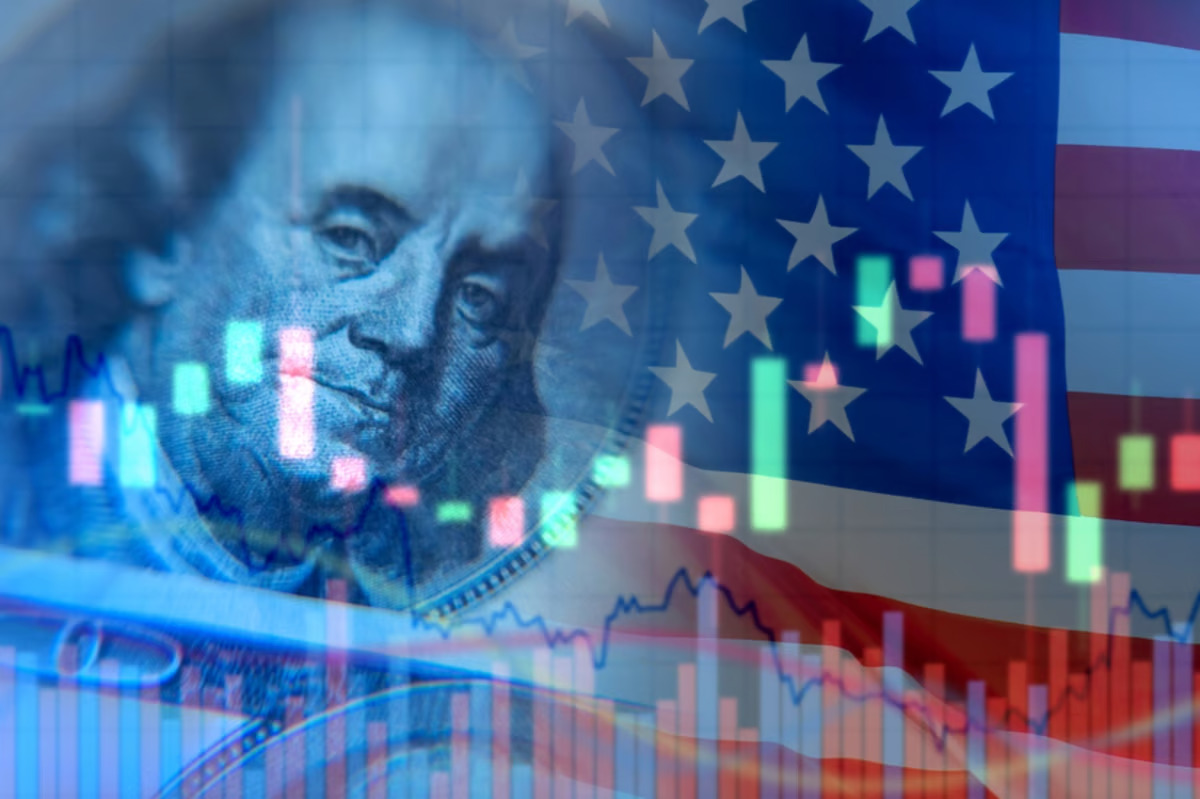U.S. consumer prices increased more than expected in January, reaffirming the Federal Reserve’s cautious stance regarding cutting interest rates amid growing uncertainty over the economy.
U.S. consumer prices rose 0.5 percent last month after gaining 0.4 percent in December, the Department of Labor’s Bureau of Labor Statistics (BLS) said on Wednesday. Year-on-year, the CPI increased 3 percent after rising 2.9 percent in December. Economists polled by Reuters expected the CPI to gain 0.3 percent and rise 2.9 percent year-on-year.
Core consumer prices rise 3.3 percent
Excluding the volatile food and energy components, the U.S. consumer price index climbed 0.4 percent in January. The core index increased 0.2 percent in December. In the 12 months through January, core U.S. consumer prices rose 3.3 percent after gaining 3.2 percent in December.
The U.S. consumer prices report also revealed that the prices index for shelter rose 0.4 percent in January, accounting for nearly 30 percent of the monthly increase. Meanwhile, the energy index rose 1.1 percent over the month and the gasoline index increased 1.8 percent.
Indexes that increased last month include motor vehicle insurance, recreation, used cars and trucks, medical care, communication and airline fares. Meanwhile, the indexes that declined in January include apparel, personal care and household furnishings and operations.
Read: U.S. adds 143,000 jobs in January as unemployment rate slips to 4 percent
U.S. trade tariffs to raise inflation
Earlier this month, President Donald Trump suspended a 25 percent tariff on goods from Canada and Mexico until March. However, he imposed a 10 percent additional tariff on Chinese goods that went into effect this month. Economists expect that those tariffs, when eventually enforced, will contribute to increasing inflation further.
Fed Chair Jerome Powell told lawmakers on Tuesday that “inflation moderated a little further last year,” adding that “recent progress has been bumpy.”
Inflation remains above the U.S. central bank’s 2 percent target. The prospects of additional rate cuts this year are diminishing amid growing uncertainty over the economic impact of the Trump administration’s trade, immigration and fiscal policies.
The Fed left its benchmark overnight interest rate unchanged in the 4.25-4.50 percent range last month after reducing it by 100 basis points last year when it kicked off its policy easing cycle. The central bank raised its policy rate by 5.25 percentage points in 2022 and 2023 to keep inflation under control.
For more economy news, click here.




